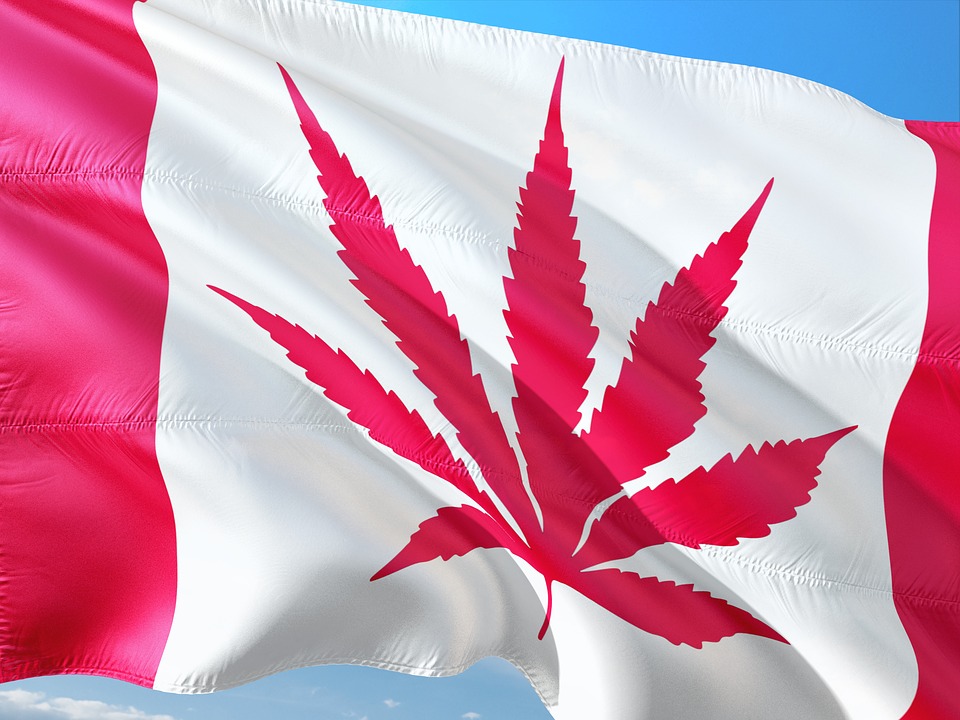You are here
Home 🌿 Marijuana Business News 🌿 Is 2022 The Year The Canadian Cannabis Industry Finally Starts To Hit Its Growth Phase? 🌿Is 2022 The Year The Canadian Cannabis Industry Finally Starts To Hit Its Growth Phase?

Although recreational cannabis has been legal in Canada for three years, the market continues to face challenges.
Municipal bans on cannabis brick-and-mortar retailers in Canadian provinces have slowed down the growth of the industry by forcing consumers to drive long distances to municipalities that have a large number of cannabis brick-and-mortar storefronts.
The decision to ban the opening of cannabis retail stores has benefited the illicit market and we hope to see a decrease in the number of municipalities that have banned the opening of cannabis retail stores in 2022. (Click Here for full article)
The Number of Municipal Bans in Ontario has Declined
According to the Ontario Cannabis Store (OCS), the illicit cannabis market handled 52.9% of cannabis purchases in the second calendar quarter of 2021. The commission that oversees the licensing of cannabis retailers in Ontario reported that 66 of 414 communities in the province have blocked the opening of cannabis retail stores.
Although this amount is significant and represents almost 16% of communities in Ontario, the number of municipal bans in the province has fallen from 77 when Canada’s recreational cannabis market opened. We consider the decline to be of significance and expect to see the number of municipal bans in Ontario to fall in 2022.
Ontario and Manitoba are the only provinces that provided data on municipal bans and we would not be surprised if the cannabis market in other Canadian provinces have been highly impacted by the trend. According to the Liquor, Gaming and Cannabis Authority of Manitoba, six municipalities in the province have banned the opening of cannabis retail stores.
Cannabis Retailers are Generating Less Revenue Per Store
Based on a report from RBC Capital Markets analyst Douglas Miehm, the average amount of monthly revenue generated by cannabis retailers in provinces that do not have retail store bans has dropped to less than $200,000 (in the summer) from $300,000 two years ago.
A lot has happened to the Canadian cannabis sector over the last two years and the period has been highlighted by the closing of facilities and writing off billions worth of assets to better align supply with demand and lower the cash burn.
Due to the amount of medical and recreational cannabis revenue that has been generated by retailers so far this year in Canada, we find these data points to be significant. While the amount of cannabis revenue that has been generated in Canada has recorded incremental growth over the last two years, the number of retailers has grown at a faster rate.
Will 2022 be a Better Year for the Canadian Cannabis Industry
2021 has been a challenging year for the Canadian cannabis sector and Licensed Producers (LPs) have been under heavy pressure. Licensed Canadian cannabis retailers have also been trending considerably lower so far this year and we have noticed an increase in brick-and-mortar businesses that are executing on a strategy to gain leverage to the US.
As the probability for federal cannabis reform in the US increases, so has the number of Canadian cannabis companies that have acquired hemp and cannabidiol (CBD) businesses that are likely to benefit from a potential change in regulation. (Click Here to View Entire Article)
420 Intel is Your Source for Marijuana News
420 Intel Canada is your leading news source for the Canadian cannabis industry. Get the latest updates on Canadian cannabis stocks and developments on how Canada continues to be a major player in the worldwide recreational and medical cannabis industry.
420 Intel Canada is the Canadian Industry news outlet that will keep you updated on how these Canadian developments in recreational and medical marijuana will impact the country and the world. Our commitment is to bring you the most important cannabis news stories from across Canada every day of the week.
Marijuana industry news is a constant endeavor with new developments each day. For marijuana news across the True North, 420 Intel Canada promises to bring you quality, Canadian, cannabis industry news.
You can get 420 Intel news delivered directly to your inbox by signing up for our daily marijuana news, ensuring you’re always kept up to date on the ever-changing cannabis industry. To stay even better informed about marijuana legalization news follow us on Twitter, Facebook and LinkedIn.




